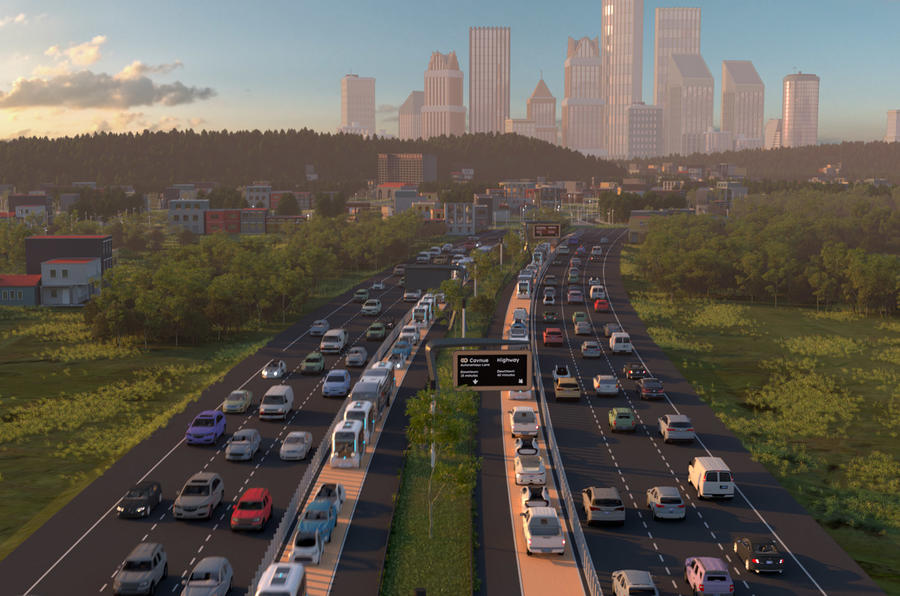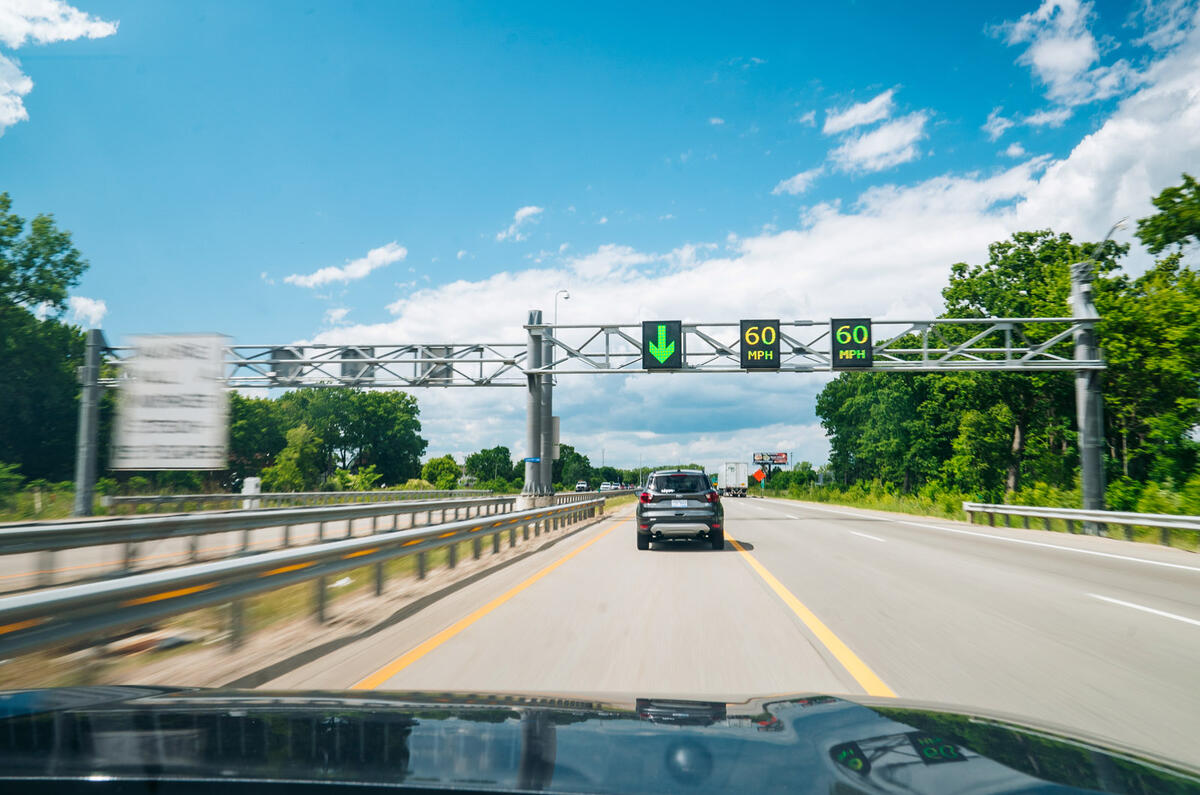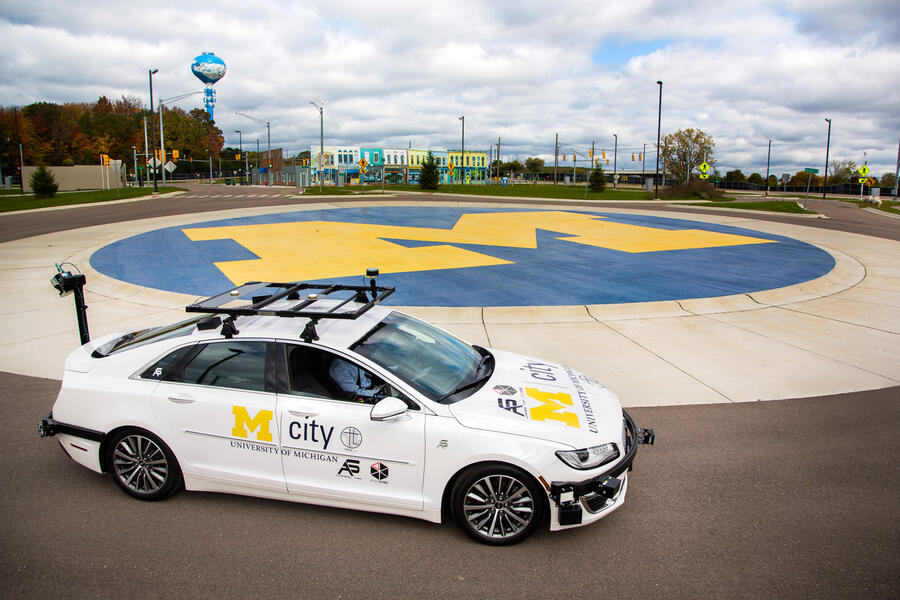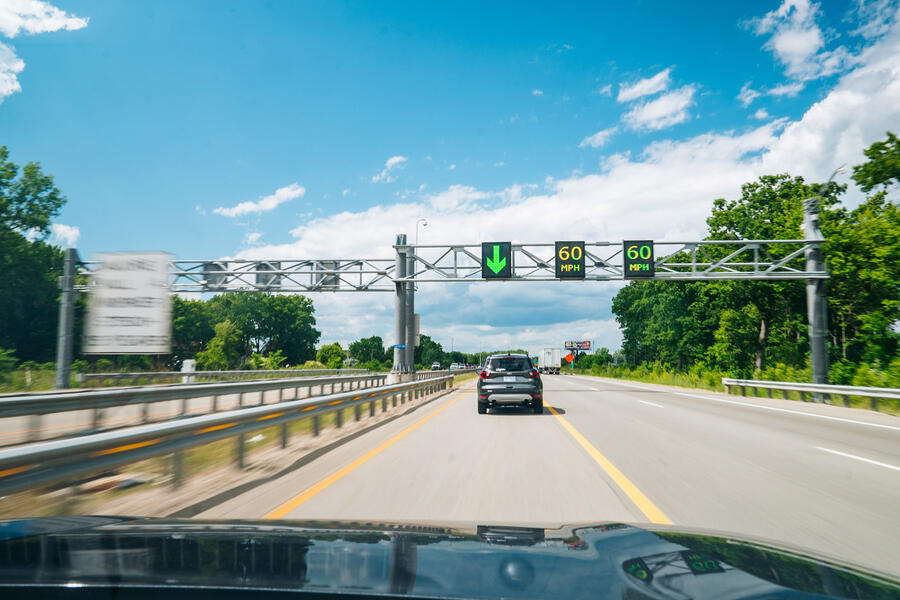The race to develop autonomous vehicles (AVs) has been slower than hoped, but it could be about to pick up pace.
Disillusioned by the limited progress of in-car technology, companies are shifting their attention from self-driving vehicles to the roads they will drive on. The goal is to accelerate the time taken to bring AVs to market – perhaps dramatically.
One of the most ambitious examples of this new focus is in Michigan, US, where Ford and General Motors (GM) have their respective headquarters. It’s also where Michigan State and Cavnue, an infrastructure start-up launched by Sidewalk Infrastructure Partners, last year announced a partnership to build the world’s first large-scale AV-dedicated roads.
The project covers the 40 miles between Detroit and Ann Arbor. The premise is to deploy AVs more quickly by using infrastructure to overcome unsolved problems with existing technology. “Rather than wait for what the Society of Automotive Engineers calls Level 5 autonomy,” Cavnue has said, “we can unleash the power and promise of existing technological advancements for near-term practical benefits through connected and autonomous vehicle corridors.”
Collin Castle, intelligent transportation systems programme manager at Michigan Department of Transportation, is similarly buoyant. He has told the Talking Michigan Transportation podcast he hopes to see the Detroit-to-Ann Arbor road “fully implemented, and services thriving” in five years.
By comparison, most experts predict it will take decades to develop fully independent AVs that can drive on roads with humans – in other words, Level 5 driverless cars.
In a lane of their own
So how will the Michigan road accelerate AV development? The short answer is by instantly improving AV safety.
The Michigan project is currently in a two-year consultation phase to thrash out details before building begins in 2023, so the precise technology to be used for the road is not yet confirmed. But Castle has suggested that this could include special signage that AVs find easier to read and ‘smart’ junctions.
“There are things you can do in the physical infrastructure, like better lane markings and potentially machine-readable signage. We’ve learned about things like our digital infrastructure, and how mapping our infrastructure and allowing for connectivity to signalise intersections can allow for these technologies to more safely operate,” he said.
















Join the debate
Add your comment
Lets hope autocar are not in charge of the software
Lol. Yes. "Please describe the circumstances leading up to the accident: The car was still loading up the badly formatted adverts".
The article asks "Why 5G?" and gives an answer that, in the first instance, briefly looks back to 4G. Surely the question should be "This is technology that is about the future, why not 6G?" Of course they can only work with the technology available to them, now, but they should at least be in the room with the Universities and networks that are developing now. 6G compatible chips already exist, in prototype form at least, and China have already launched a swarm of 6G death ray satellites to test bandwidth, if not death rays.
Without this it's all a bit "the infrastructure 'aint good enough" which is the most common, specious, argument against future progress, considering the addition of the word "now" deals with it (and even though those that already mourn the rapid deletion of a clutch pedal will be getting a fit of the vapours at all of this).
While I accept travel will change in the coming future, I don't think it's going to be firmly bedded in,safe, taken for granted in the next five years or so, it's just too huge to implement, and consolation with whoever is involved in doing it,and, indeed,us, the people who will use it, I tend to see it as a suck it n see,and of course the eternal questions ,how much?, which taxes will pay for it, I'm sure others will have there questions about it.